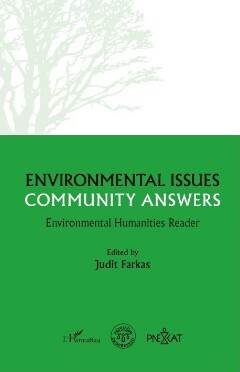Page 226 [226]
Figure 1. Wheatfield-A Confrontation.
Source: http://www.agnesdenesstudio.com/works7_5_popup.html
In the age of rapid ecological decline known as the Anthropocene — in which science
tends to be upheld as the authoritative voice — what is the role of painting,
printmaking, photography, illustration, sculpture, performance, music, installation
art, multimedia work, and other creative forms? Can a sculpture promote public
awareness of the vulnerability of ecosystems? Can a photograph instil empathy for
animals, plants, fungi, or rivers? Can a painting galvanize a global environmental
movement? Can a theatre performance enable a community to grieve the loss of a
local wetland? (Hubbell — Ryan 2022: 149)
These questions about nature and art are asked not only by Andrew Hubbell and
John Ryan, but by the artists themselves, too. The answers are obviously in the
affirmative, otherwise the kind of art and art groups that form the subject of this
chapter would not exist. The artists and the creators of these artworks agree with
the basic thesis of EH: contemporary environmental problems are not to be
blamed simply on science progressing along a wrong track or on political
indifference They have far more complex causes: the failure of culture. Although
Aaron Allen as well as Hollis Taylor and Andrew Hurley spoke about this in
relation to music. I believe the idea that they have such a great communicative
and emotional power that they are capable of transforming, even radically, the
recipients’ value system applies to all branches of art (Allen 2011; Taylor — Hurley
2015: 9). Indian writer Amitav Ghosh thinks and writes in a similar vein: the
climate crisis is the failure of imagination; our imagination has to be shaped and
kneaded by a new environmental literature so that we can see anthropogenic
climate change properly (Ghosh 2016; cited Hubbell — Ryan 2022: 168).

